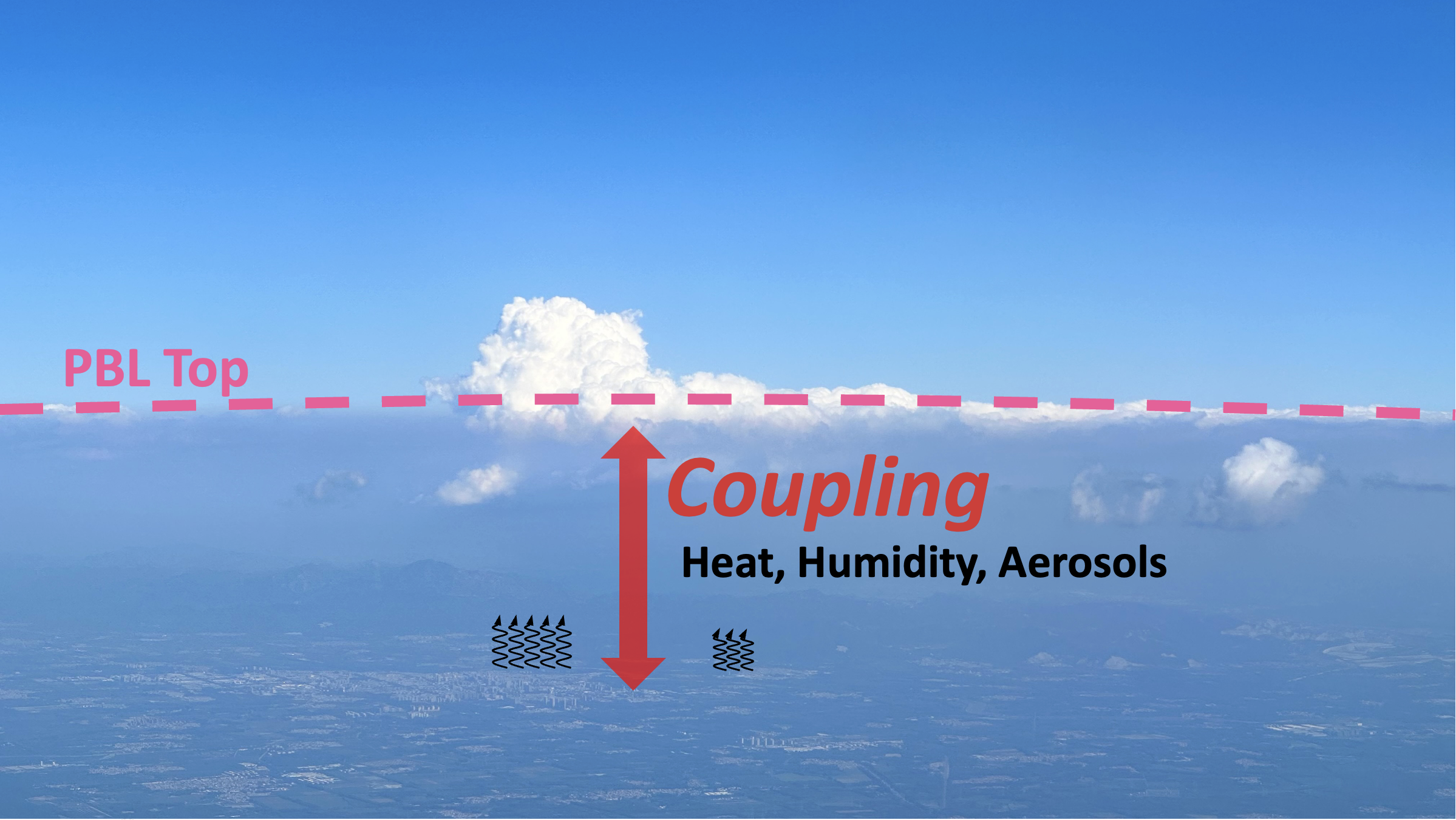Decoding the dialogue between clouds and land through boundary-layer processes
Submitter
Su, Tianning — Lawrence Livermore National Laboratory
Li, Zhanqing — University of Maryland
Area of research
Cloud Processes
Journal Reference
Science
Based on a series of previous research, this article revisits and challenges the conventional understanding of how clouds form and engage with the Earth's surface. This exploration discusses the process-level mechanism of the complex interactions within the atmospheric boundary layer.
Impact
Our article illuminates previously overlooked complexities in how clouds coupled or decoupled with the Earth's surface through the boundary-layer processes. The results also hold profound implications for weather prediction and climate modeling.
Summary
The complex interactions between the terrestrial system and the clouds above are underscored by the critical role of the planetary boundary layer (PBL). This article discusses a complex web of interactions that challenge traditional views on cloud formation and atmospheric stability. These discussions offer new insights into the coupling states between clouds and the PBL over continental regions, addressing a notable gap due to previous studies focused on marine clouds. Moreover, these studies underscore the critical roles of local convection, cloud longwave cooling, and large-scale weather patterns in determining cloud-PBL-land coupling, expanding existing paradigms with evidence of how land processes affect cloud formation and life cycle. This understanding can potentially enhance our capability for weather forecasting and climate modeling by providing a more detailed picture of how clouds and land surfaces interact, thus advancing new frontiers in the field.


